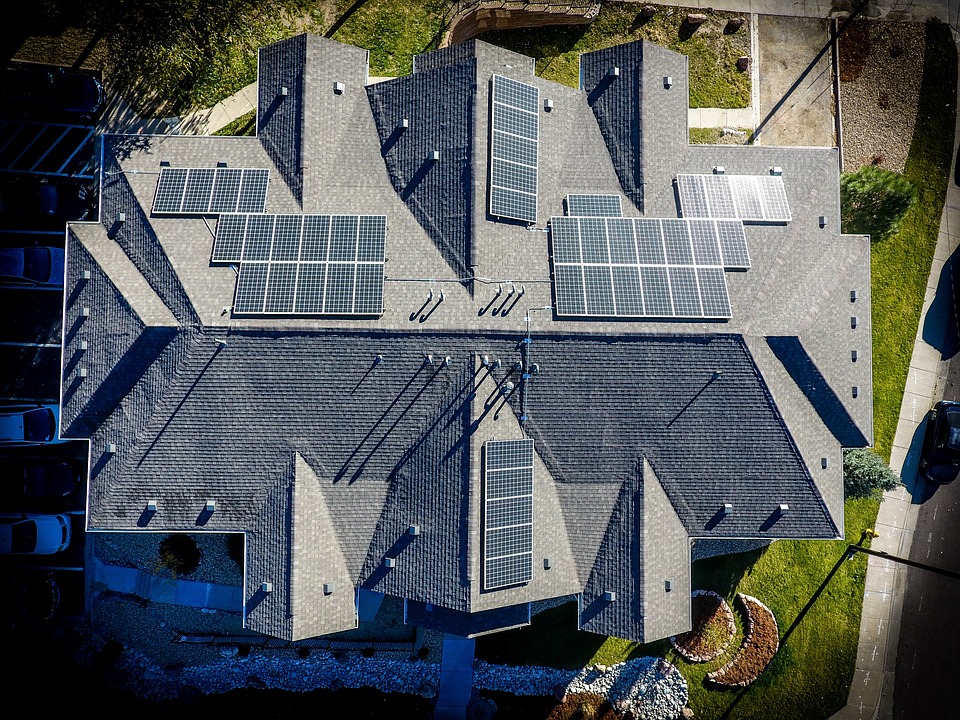From Fossil Fuels to Clean Energy: The Transition Towards a Greener Future
In recent years, the world has witnessed a significant shift in energy production and consumption. With the advent of climate change, depleting fossil fuel reserves, and the increasing focus on sustainability, there has been an urgent need to transition from traditional fossil fuels towards cleaner, renewable sources of energy. This transition has not only been driven by environmental concerns but also by the economic and social benefits of embracing clean energy. In this article, we will explore the journey from fossil fuels to clean energy and the potential it holds for a greener future.
The Environmental Imperative
The use of fossil fuels, such as coal, oil, and natural gas, has been a major contributor to greenhouse gas emissions and air pollution, leading to a range of environmental challenges including global warming, extreme weather events, and air quality issues. The urgent need to mitigate these environmental impacts has spurred the global transition towards clean energy sources, such as solar, wind, hydro, and geothermal power.
- According to the International Energy Agency (IEA), the energy sector accounts for approximately 60% of the global greenhouse gas emissions.
- Transitioning to clean energy can significantly reduce these emissions and help limit the global temperature rise to 1.5 degrees Celsius, as outlined in the Paris Agreement.
The Economic Perspective
Besides the environmental imperative, the transition towards clean energy also presents compelling economic advantages. Investments in renewable energy technologies have become increasingly cost-competitive, offering a viable alternative to conventional fossil fuel-based power generation.
- In recent years, the cost of renewable energy technologies, particularly solar and wind power, has significantly declined, making them more accessible and affordable.
- Renewable energy investments also have the potential to create jobs and stimulate economic growth. According to the International Renewable Energy Agency (IRENA), the global renewable energy sector employed 11.5 million people in 2019.
Technological Innovations and Advancements
The rapid advancements in clean energy technologies have played a pivotal role in driving the transition away from fossil fuels. Innovations in solar panel efficiency, wind turbine design, energy storage systems, and smart grid technologies have significantly enhanced the feasibility and reliability of clean energy solutions.
- Technological advancements have led to increased energy efficiency and reduced the costs associated with renewable energy systems.
- Energy storage technologies, such as lithium-ion batteries and grid-scale storage solutions, have addressed the intermittency challenges of solar and wind power, making them more viable for widespread adoption.
Policy and Regulatory Initiatives
Government policies and regulations have played a crucial role in facilitating the transition towards clean energy. Many countries have implemented renewable energy targets, carbon pricing mechanisms, and incentives to promote the adoption of sustainable energy sources.
- Several nations have committed to phasing out coal-fired power plants and increasing the share of renewables in their energy mix, further driving the transition towards a greener future.
- The European Union’s Green Deal, for instance, aims to make Europe the first climate-neutral continent by 2050, with a strong focus on renewable energy and energy efficiency measures.
Challenges and Opportunities
While the transition towards clean energy presents numerous opportunities, it also brings forth several challenges. The intermittency of renewable energy sources, the need for grid modernization, and the transition of existing infrastructure pose complex hurdles to be addressed.
- Investments in grid modernization and energy storage infrastructure are essential to ensure the stability and reliability of clean energy systems.
- Opportunities for innovation and collaboration abound in the clean energy sector, fostering new markets, job creation, and sustainable development.
Conclusion
The transition from fossil fuels to clean energy represents a fundamental shift towards a more sustainable and environmentally conscious energy landscape. With a combination of environmental imperatives, economic benefits, technological advancements, and policy support, the momentum towards a greener future is gaining traction. As the world continues to embrace clean energy solutions, the potential for a low-carbon, resilient, and prosperous future becomes increasingly achievable.


Pingback: From Fossil Fuels to Clean Energy: The Transition Towards a Greener Future – Home Solar Sessions
I don’t think the title of your article matches the content lol. Just kidding, mainly because I had some doubts after reading the article.